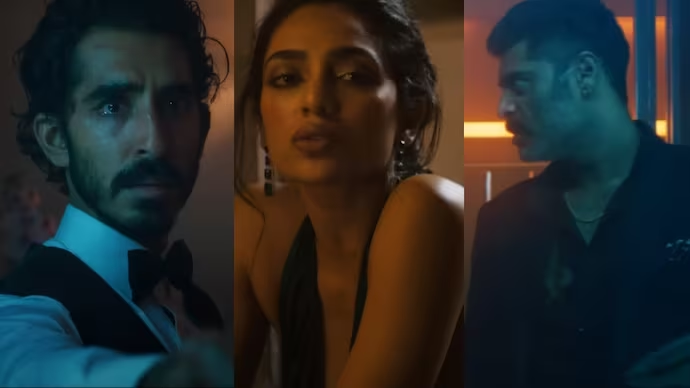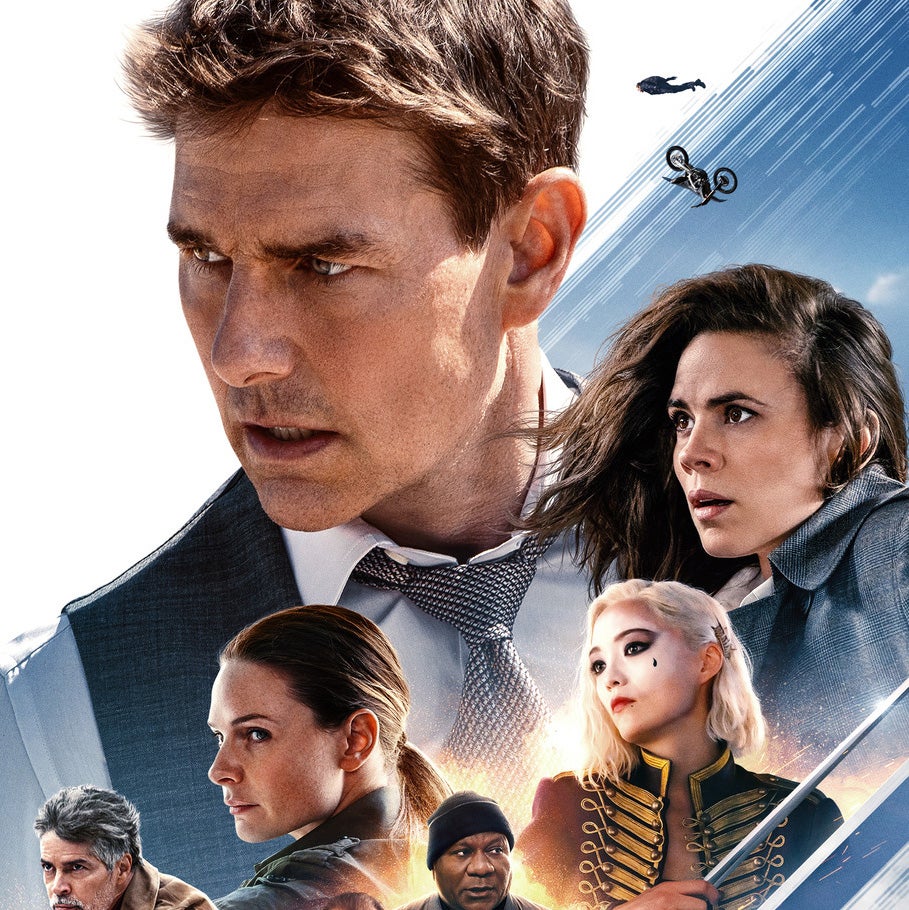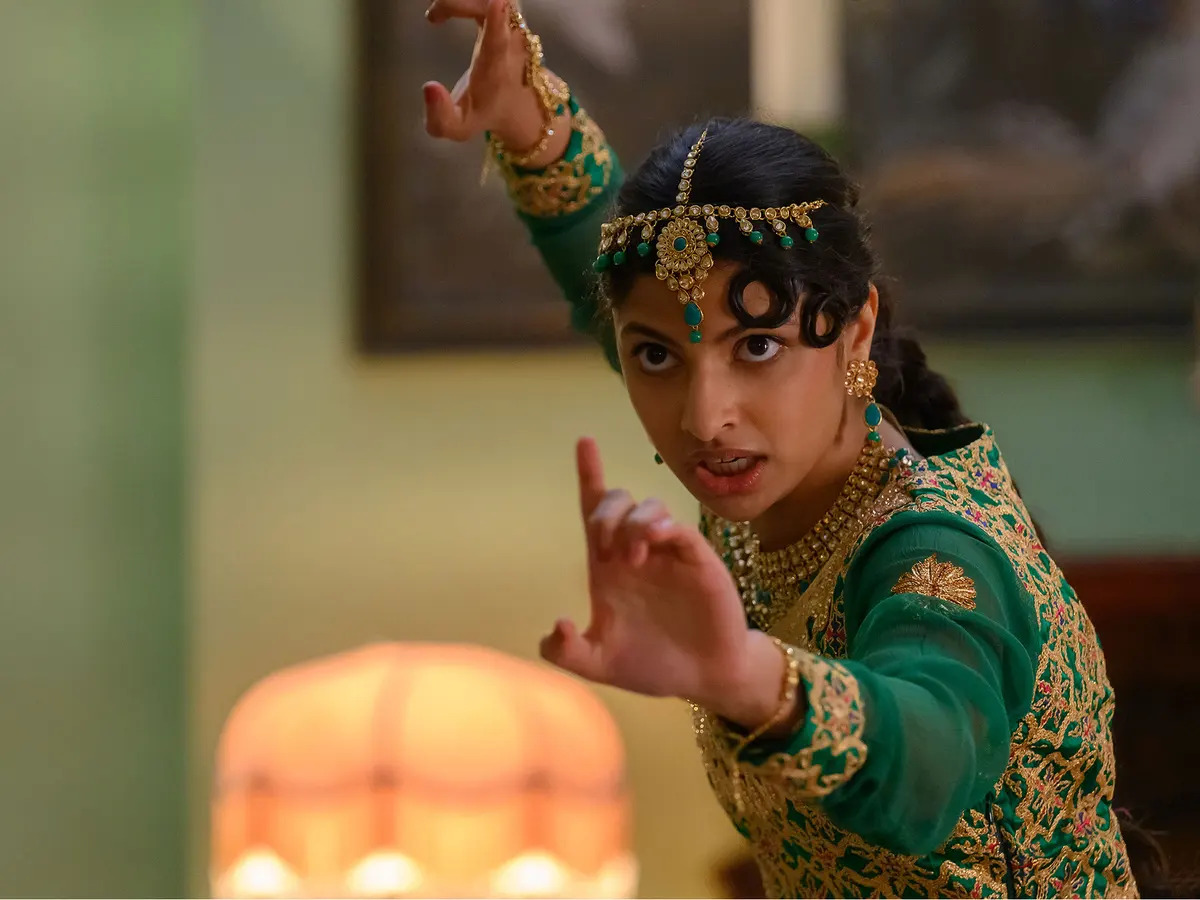Garfield
Posted on June 5, 2004 at 3:04 pm
C| Lowest Recommended Age: | Kindergarten - 3rd Grade |
| Profanity: | Some rude schooyard language like "butt" and "suck-up" |
| Nudity/ Sex: | A bit of potty humor |
| Alcohol/ Drugs: | None |
| Violence/ Scariness: | Comic peril, including shock collar |
| Diversity Issues: | All human characters white |
| Date Released to Theaters: | 2004 |
Garfield is a big, orange, lazy glutton of a cat created by cartoonist Jim Davis in 1978. His musings on life’s essential concerns — meaning mostly how he can get more of everything, especially food and attention, without any effort — work pretty well in a three-panel comic. At least they work well enough so that, as someone once said about the “Nancy” comic strip, it is easier to read it than not to read it. If only that were true of this movie, which requires real effort to endure.
The real genius Davis showed was not in humor; it was in marketing. Several Garfield books, just collections of the strips, were on the best-seller list at the same time in the 1980’s. And the strip led to animated television specials with Lorenzo Music providing Garfield’s voice. And that has now led to a live-action movie, with Bill Murray providing the voice and Breckin Meyer playing Garfield’s owner, Jon.
In order to make a three-panel joke that is not specifically directed at children into a feature film that is, the people behind this movie have tried to have it both ways. Garfield begins as the unabashedly self-centered, wisecracking, lasagne-loving fur-covered id character from the comic strip, but then undertakes a rescue mission, somehow transformed into a loyal friend who is willing to exert enormous effort and take big risks to save the dog he once considered an appalling intruder. As a result, none of this makes much sense or captures our interest. But there are some pleasantly silly moments along the way.
We first meet Garfield as the “so much time and so little to do” cat who cares for nothing but food (especially lasagne), attention, and being in charge. Life feels pretty good for him until a pretty veterinarian (Jennifer Love Hewitt as Liz) persuades Jon to take home a dog named Odie.
Garfield experiences severe sibling rivalry, especially when his efforts to control Odie backfire. Then Odie is taken by an ambitious animal trainer, the decidedly un-happy Happy Chapman (Stephen Tobolowsky), who plans to make him perform on television, and Garfield goes to the rescue.
As in the comic strip, the human characters are so bland they are barely visible. The characters with personality are the animals, real with some special effects enhancement except for the all-CGI Garfield and all with top voice talent except for the silent Odie. Highlights include a dance-off between Garfield and Odie to the Black-Eyed Peas song “Hey Mama,” a wild ride through airducts and stairs as Garfield tries to find Odie, and some just-to-keep-the-parents-awake references to Jerry Maguire, Apocalypse Now, Elvis, Billy Joel, and even Shakespeare’s Henry V.
Parents should know that the movie has some comic violence, including a shock collar used on both a dog and a human. No one of either species is seriously harmed. There is some PG-style crude language (“butt,” “blow chunks,” “suck-up”) and brief vulgar humor. There is also some intrusive product placement for Wendy’s, though the product that makes the greatest impression is the lasagne.
Families who see this movie should talk about why Garfield was jealous of Odie and Happy jealous of his brother and why it was so hard for Jon and Liz to tell each other how they felt.
Families who enjoy this movie will also enjoy Cats and Dogs, Teacher’s Pet, Lady and the Tramp, and Air Bud. Older viewers will also enjoy seeing Murray and Tobolowsky together in Groundhog Day.






